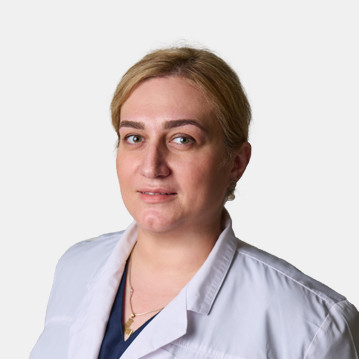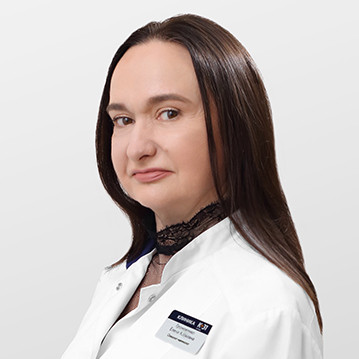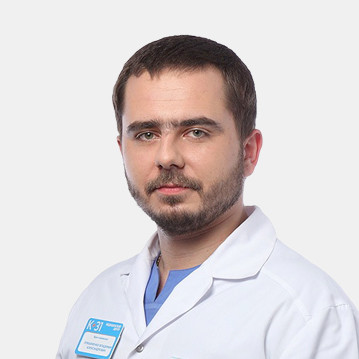Surgical treatment involves damage to the skin and internal tissues of the human body. This method is used to remove or correct pathological processes. Surgical intervention not only treats various surgical diseases, but also alleviates the patient's condition and preserves his vital functions.
Operations can be bloody and bloodless. In the first case, medical manipulations are carried out with direct access to internal organs through punctures and cuts. In the second, the organ cavity is not opened (endoscopy, laparoscopy, removal of polyps, etc.).
Types of surgical interventions
Surgery is of various types. The classification depends on the goals, objectives, tools used and the chosen technique. Intervention happens:
- Diagnostic. Used to confirm a diagnosis. With its help, biomaterial is taken for research.
- Medical. This method is mainly used in the diagnosis of cancer. It involves the removal of malignant neoplasms that can be localized in different parts of the body. This is done to prevent cancer from spreading further. Often, after curative surgery, the patient is given chemotherapy or radiation therapy to kill cancer cells. This is a radical method, during which a part is cut off or a completely affected organ, a pathological focus, is removed.
- Supportive. It is used to maintain the patient's condition and preserve the functions of his life. This includes the installation of a probe, port systems during chemotherapy, etc.
- Laparoscopic. Surgical intervention using an endoscope. Mainly used for urological and gynecological operations.
- Restorative. The main task is the reconstruction of organs and the resumption of their functions. Such operations are necessary to restore the organs and return them to a normal appearance. The most common example of such a surgical intervention is reconstructive surgery after removal of the mammary glands.
- Preventive. It is used to prevent the development of malignant neoplasms. Precancerous tumors are removed.
- Palliative. Allows to alleviate the patient's condition and relieve pain. It is not a cure in the truest sense of the word. It is used in case of inoperable tumors.
- Minimally invasive. A modern method of surgical intervention for the removal of neoplasms. It involves the use of a special manipulator, which is controlled by the surgeon. The operation is performed through small incisions.
Operation types
Operations are divided into types depending on the type of surgery. They are primary, secondary and repeated treatment. After the diagnosis is made and the therapy plan is drawn up, the primary treatment is prescribed. In case of complications, a secondary one can be performed. Re-treatment - a type of operation that is necessary if the primary one was performed incorrectly or incompletely.
Most often, surgery is performed simultaneously, that is, at one time. But there are cases when the operation is carried out in several stages. An example is sigmoid colon cancer, when the pathological focus is first removed and a colostomy is installed, and only then a reconstructive operation is performed.
Surgical operations can be:
- Emergency. They are carried out in case of a direct threat to the life and health of the patient. They are made on an emergency basis, without preliminary examinations.
- Urgent. Surgical intervention, due to which it is possible to prevent the development of the disease. Such operations are carried out in the diagnosis of oncological diseases.
- Planned. Applicable in cases where the diagnosed pathology does not threaten the life of the patient.
Diagnosis of surgical diseases "Clinic K+31"
Thanks to high-precision diagnostic equipment, the surgeon already at the preoperative stage has the most complete information about the location and distribution of foci of the disease, which helps to choose the optimal amount of surgical intervention.
We treat:
- Cholelithiasis.
- Hernias of the diaphragm (gastroesophageal reflux disease).
- Hernia of the anterior abdominal wall.
- Inguinal hernia.
- Umbilical hernia.
- Recurrent hernia.
- White line hernia.
- Acute and chronic appendicitis.
- Laparoscopic removal of the adrenal gland (Adrenalectomy).
- Laparoscopic splenectomy.
- Laparoscopic gastrectomy.
Benign neoplasms of soft tissues:
- Torso and limb lipomas.
- Atheromas of various localizations.
- Soft tissue fibroids.
- Hematomas.
Purulent surgery:
- Abscesses.
- Boils.
Laparoscopic oncological surgery:
- Malignant tumors of the stomach.
- Tumors of the cecum.
- Tumors of the ascending colon.
- Tumors of the transverse colon.
- Tumors of the descending colon.
- Sigmoid colon tumors.
- Tumors of the rectum.
- Extraorganic tumors of the abdominal cavity.
Treatment of surgical diseases in Clinic K+31
Modern electrical appliances, high-precision optics, constantly improved medical instruments make it possible to operate practically without blood loss, and to perform difficult interventions on all human organs with little trauma. This significantly reduces the incidence of postoperative complications. Advances in anesthesiology and pharmacology minimize postoperative pain. Rehabilitology helps the patient return to a full life as early as possible.
Surgical diseases are acute and chronic. In both cases, specialist consultation is necessary to determine the need and urgency of surgical intervention. In the case of an acute situation, the sooner you contacted the surgeon, the faster and more correctly the assistance will be rendered.
Surgical treatment consists of several successive stages: preparing the patient for surgery, anesthesia and surgery itself, postoperative rehabilitation.
The professional and attentive attitude of the K+31 Clinic clinic doctors to the patient at each stage allows achieving high results in the treatment of a wide range of surgical pathologies.
The medical center "Clinic K+31" has everything you need to:
- Correctly and quickly establish a diagnosis.
- Choose the optimal treatment method.
- Professionally perform the operation.
- As soon as possible, return the patient to a full life.















